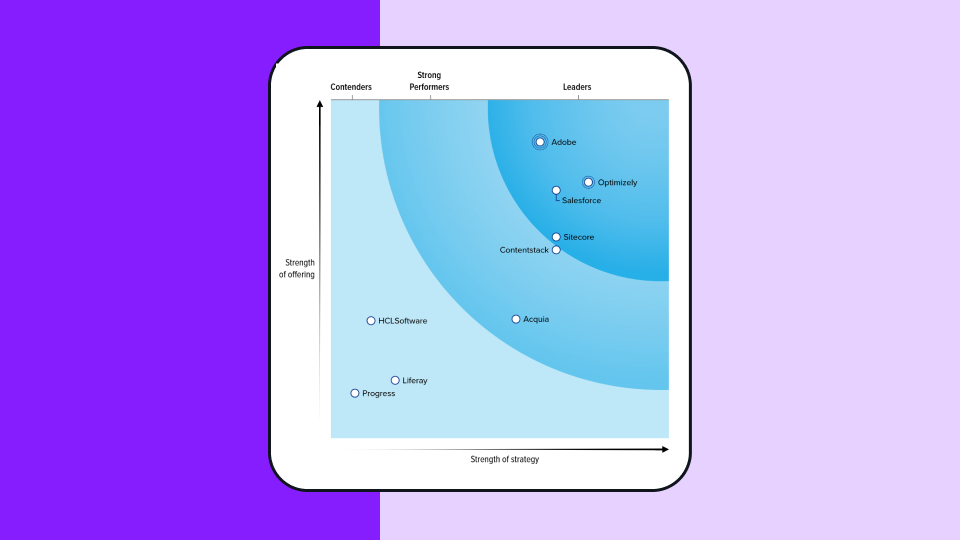Null hypothesis
What is a null hypothesis?
A null hypothesis is a fundamental statement in statistical hypothesis testing that asserts no significant difference or relationship exists between specified populations or variables. It represents the default position that researchers attempt to challenge or disprove through statistical analysis.
The null hypothesis serves as a baseline assumption. It is that any observed differences in data are due to random chance rather than a true effect. In mathematical terms, it typically states that the means of two groups are equal (μC = μV), where μC represents the control group and μV represents the variation group.
Null hypothesis serves several critical functions in statistical research:
-
Starting point for testing: It provides a clear benchmark against which the alternative hypothesis can be evaluated, creating a structured framework for statistical analysis.
-
Foundation of statistical inference: The null hypothesis is essential for drawing reliable conclusions about populations based on sample data, ensuring that research findings are grounded in statistical rigor.
-
Risk management: By requiring evidence to reject the null hypothesis, this approach helps researchers avoid making false claims and protects against concluding that effects exist when they don't.
Understanding hypothesis testing framework
The null hypothesis works within a framework of interconnected statistical concepts. When you create a null hypothesis, you simultaneously define the alternative hypothesis which states there is a significant difference or relationship between your variables and typically represents what you hope to prove.
Hypothesis testing evaluates whether your data provides sufficient evidence to reject the null hypothesis. This relies on the p-value, the probability of obtaining your observed results (or more extreme) assuming the null hypothesis is true. Lower p-values act like stronger evidence against the null hypothesis.
You compare your p-value against a predetermined significance level (alpha), commonly 0.05 or 5%. This threshold represents your acceptable risk of a Type I error (false positive), incorrectly rejecting a true null hypothesis. When p-value < alpha, you achieve statistical significance and can reject the null hypothesis.
There's also a Type II error risk (false negative). It involves failing to reject a false null hypothesis and missing real effects. Balancing these error types is crucial for reliable conclusions.
How to formulate a null hypothesis
Three steps:
-
Identify the research question: Define the specific question you want to answer through your research or experiment. This question should be measurable and testable.
-
State the null hypothesis: Formulate a clear statement asserting that there is no effect, no difference, or no relationship between the variables you're studying. The null hypothesis should always express equality or the absence of an effect.
-
State the alternative hypothesis: Develop a complementary statement that contradicts the null hypothesis, expressing the relationship or difference you expect to find.
How to test a null hypothesis
-
Data collection: Gather relevant data through controlled experiments, observations, or surveys, ensuring your sample size is adequate for reliable results.
-
Statistical test selection: Based on your data type, sample size, and research design pick the appropriate statistical test. Common tests include t-tests, chi-square tests, and ANOVA.
-
Test statistic calculation: Compute using your sample data. It'll help determine how far your observed results deviate from what would be expected under the null hypothesis.
-
P-value determination: Calculate the probability of obtaining your observed results (or more extreme results) if the null hypothesis were true.
-
Decision-making: Compare your calculated p-value to your predetermined significance level. If p-value < alpha, reject the null hypothesis (statistically significant result)
Conclude your research question based on the statistical results, always considering the practical significance and limitations of your study.
Null hypothesis examples and statistical approaches
In marketing, you might test whether "changing the color of the 'Subscribe' button from red to green does not affect conversion rates." Here the null hypothesis assumes both colors have identical conversion rates. While educators could test "there is no difference in average test scores between students using the new teaching method versus the traditional method."
These examples highlight why the null hypothesis framework is essential for data-driven decision-making. In business contexts, particularly A/B testing and conversion optimization, it prevents teams from implementing changes based on random data fluctuations.
By requiring statistical evidence to reject the null hypothesis, organizations make more reliable decisions about product changes, marketing strategies, and user experience improvements while preventing costly mistakes from pursuing changes that only appear beneficial due to chance.
Two statistical approaches used are Frequentist and Bayesian.
-
The Frequentist method gives strong precedence to the null hypothesis, requiring substantial evidence (typically p < 0.05) before rejection. This conservative approach aligns with Occam's Razor, preferring simpler explanations until data strongly suggests otherwise.
-
The Bayesian method treats the null hypothesis as one of many possible hypotheses, using prior probability distributions to calculate outcome likelihoods. While Bayesian methods often enable faster decision-making, they require assumptions about prior probabilities that may not always be available or appropriate for business contexts.
Frequently asked questions about null hypothesis
Q1. What's the difference between failing to reject and accepting the null hypothesis?
Failing to reject null hypothesis does not prove it's true. It simply means there isn't sufficient evidence to conclude otherwise. We never "accept" the null hypothesis in statistical terms.
Q2. Can I change my hypothesis after seeing the data?
No, both null and alternative hypotheses should be clearly stated before data collection begins. Changing hypotheses after seeing results can lead to biased conclusions.
Q3. Why do we give precedence to the null hypothesis?
This approach follows Occam's Razor—preferring simpler explanations until data strongly suggests otherwise. It helps prevent false conclusions that could result from random patterns in data.
Q4. How do I choose the right significance level?
The standard is 0.05 for most business applications, though more critical decisions may warrant 0.01. Set your significance level before conducting the test based on the acceptable risk of Type I errors.

